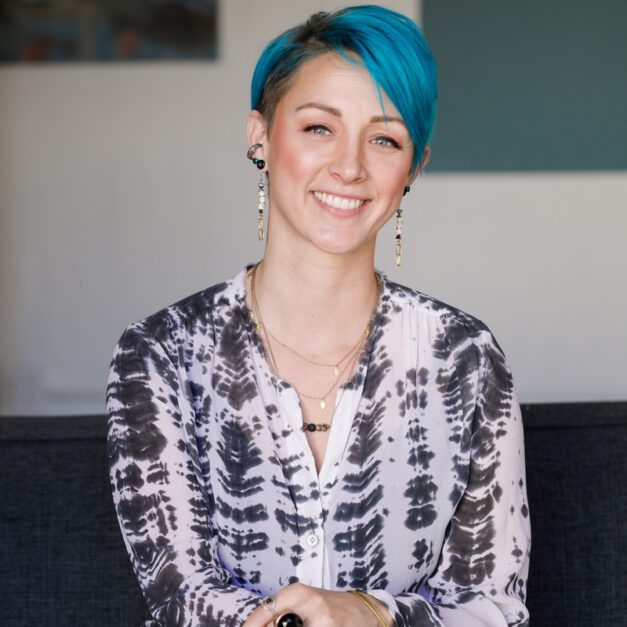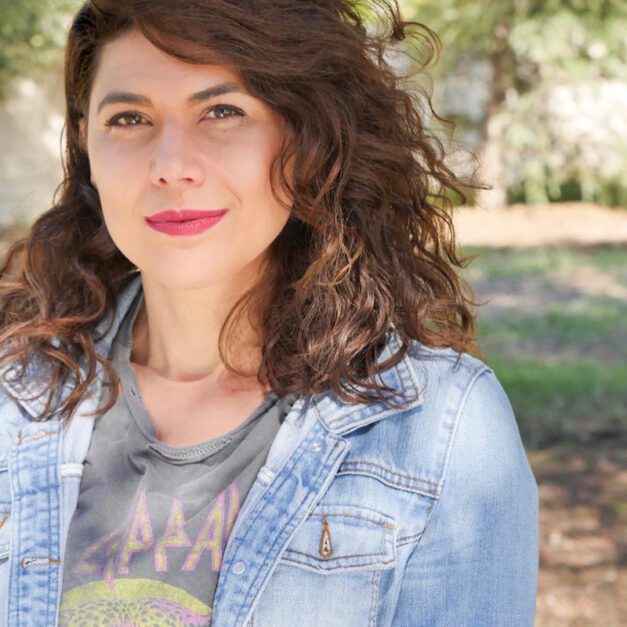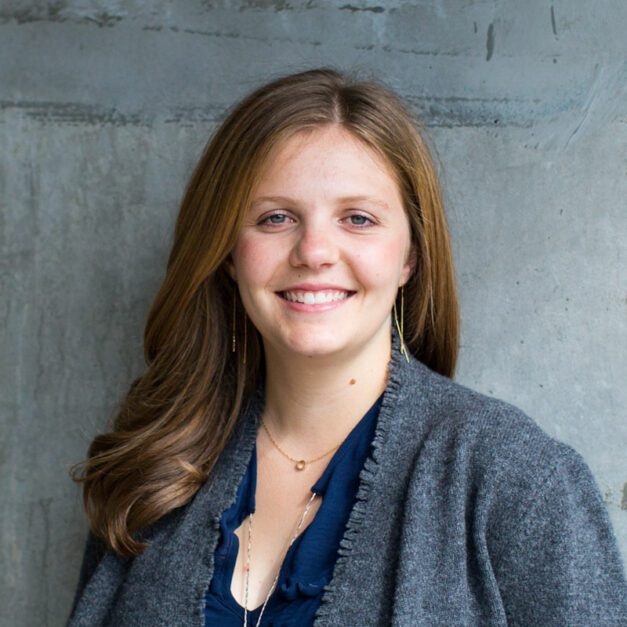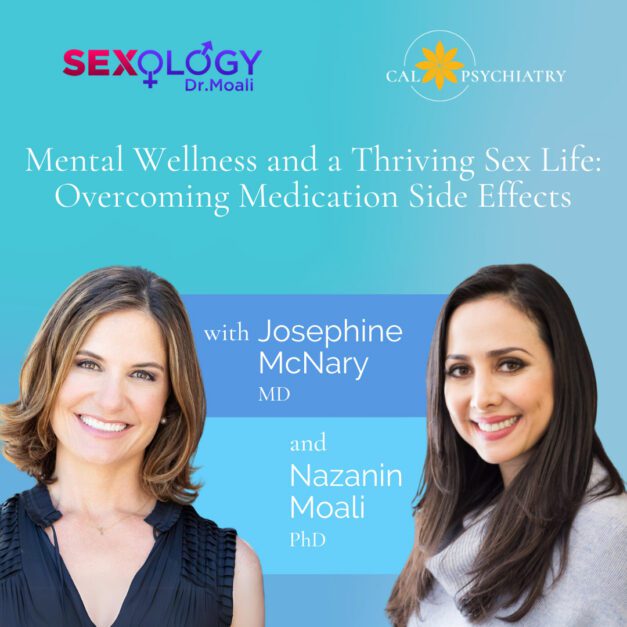Obsessive compulsive disorder (OCD) can be a very distressing diagnosis, particularly in children and teens. In this Boston Medical Journal review article, authors explore the pathophysiology of this mental disorder and potential treatment options for young children and adolescents with OCD.
The possible causes of OCD are still being studied. A recent Boston Medical Journal review article suggests a genetic component that affects different neural pathways in the brain, most notably in the frontostriatal and orbitofrontal cortex. There is also some evidence for the onset of OCD and other neuropsychiatric disorders in children post-infection, in what is now known as pediatric acute-onset neuropsychiatric syndrome, or PANS.
First-line treatment for mild-to-moderate OCD is cognitive behavioral therapy. These sessions combine exposure and response prevention in which the patient is exposed to their trigger but not allowed to engage in their neutralizing compulsions. Over time, anxiety and fear associated with the trigger usually begins to extinguish. Research shows that CBT treatment is associated with a 40% to 65% reduction in symptoms. For cases that don’t respond to CBT, treatment with SSRIs has also shown a reduction in symptoms.
At CalPsychiatry, our physicians will do a thorough assessment to accurately diagnose if there is an underlying OCD or if there is something else going on. If medication is indicated, we will work with you and the rest of your treatment team to help you feel better. Call or book your free consultation. We offer weekend and flexible hours, as well as virtual appointments.





